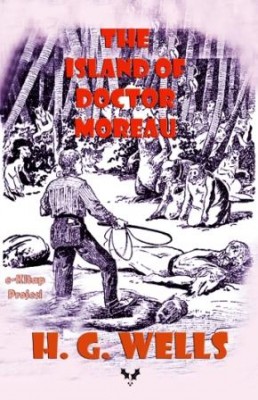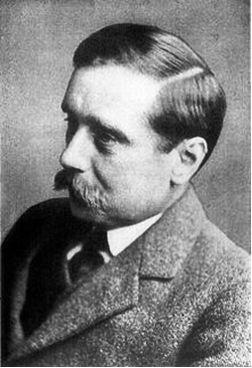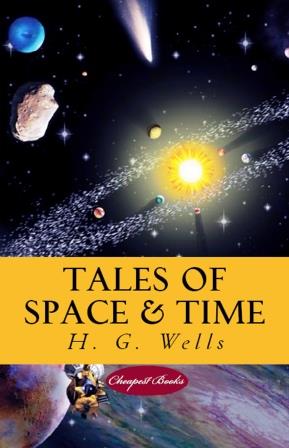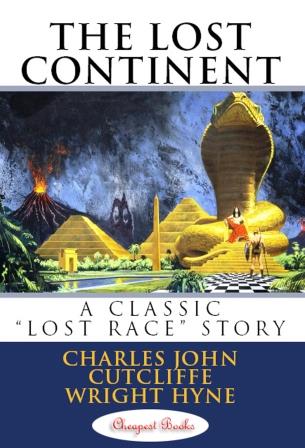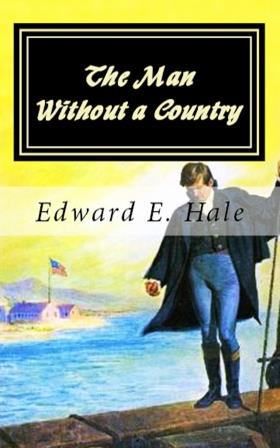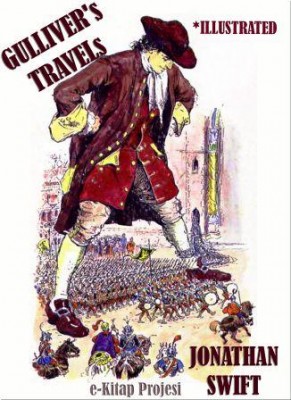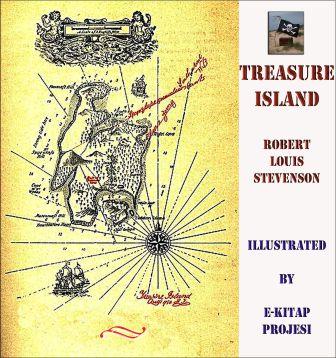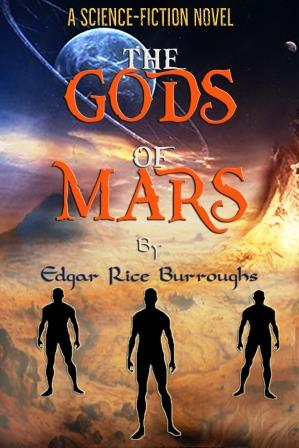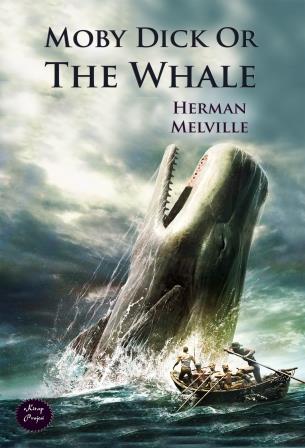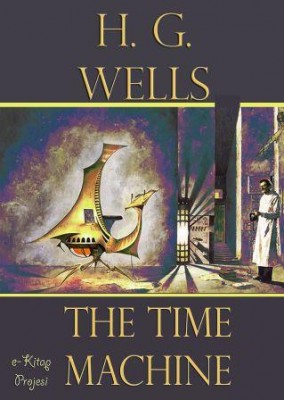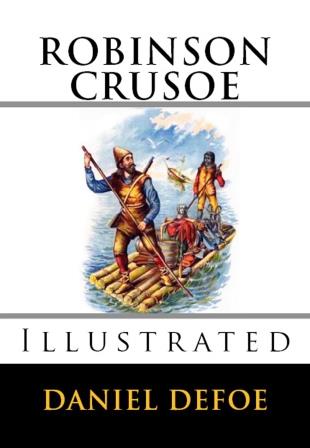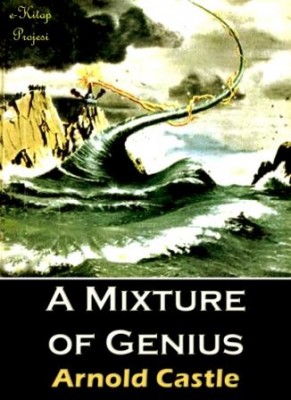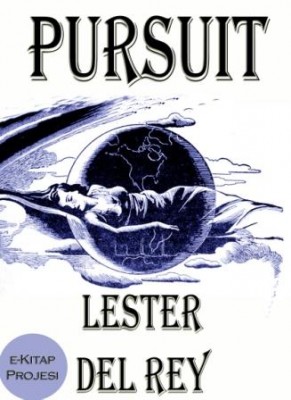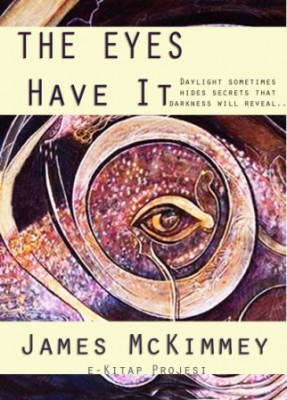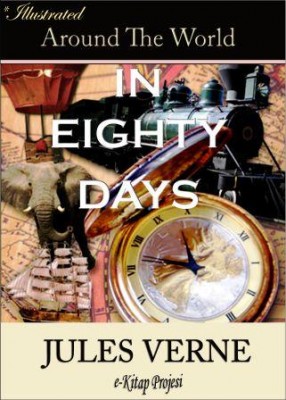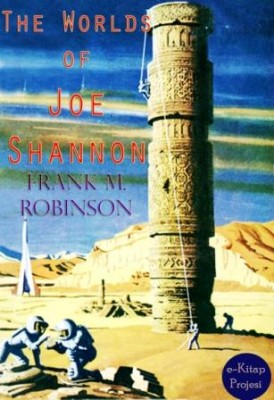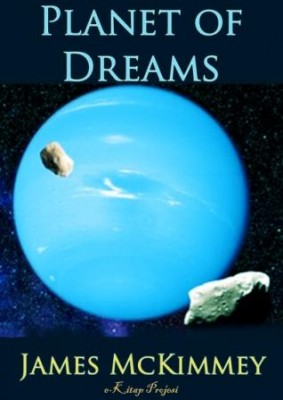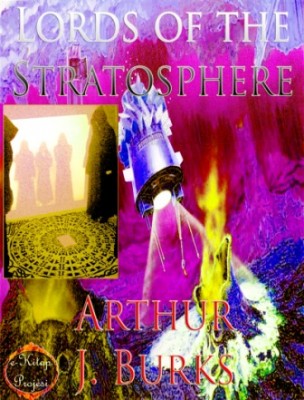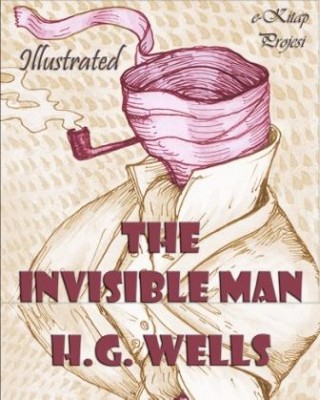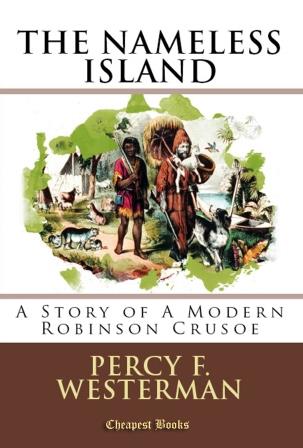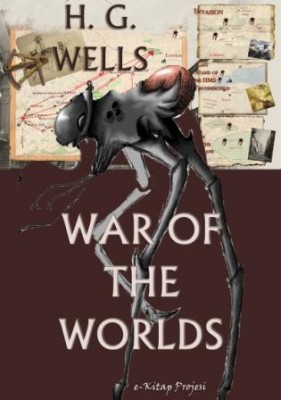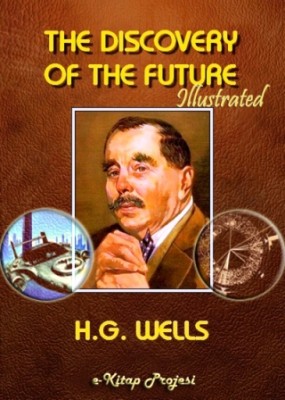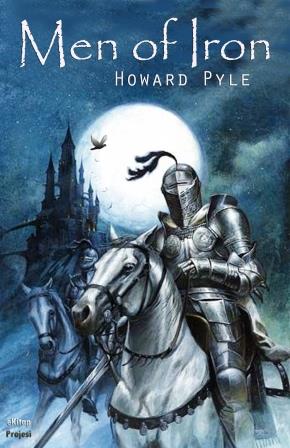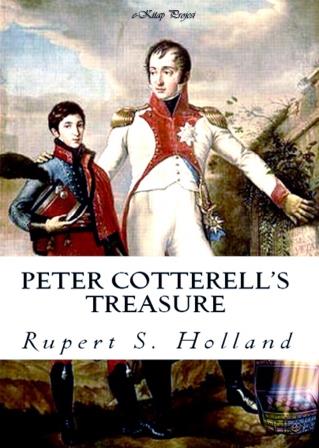The only island known to exist in the region in which my uncle was picked up is Noble's Isle, a small volcanic islet and uninhabited. It was visited in 1891 by H. M. S. Scorpion. A party of sailors then landed, but found nothing living thereon except certain curious white moths, some hogs and rabbits, and some rather peculiar rats. So that this narrative is without confirmation in its most essential particular. With that understood, there seems no harm in putting this strange story before the public in accordance, as I believe, with my uncle's intentions.
There is at least this much in its behalf: my uncle passed out of human knowledge about latitude 5° S. and longitude 105° E., and reappeared in the same part of the ocean after a space of eleven months. In some way he must have lived during the interval. And it seems that a schooner called theIpecacuanha with a drunken captain, John Davies, did start from Africa with a puma and certain other animals aboard in January, 1887, that the vessel was well known at several ports in the South Pacific, and that it finally disappeared from those seas (with a considerable amount of copra aboard), sailing to its unknown fate from Bayna in December, 1887, a date that tallies entirely with my uncle's story.
CHARLES EDWARD PRENDICK.
(The Story written by Edward Prendick.)
I DO not propose to add anything to what has already been written concerning the loss of the Lady Vain. As everyone knows, she collided with a derelict when ten days out from Callao. The longboat, with seven of the crew, was picked up eighteen days after by H. M. gunboat Myrtle, and the story of their terrible privations has become quite as well known as the far more horrible Medusa case. But I have to add to the published story of the Lady Vain another, possibly as horrible and far stranger. It has hitherto been supposed that the four men who were in the dingey perished, but this is incorrect. I have the best of evidence for this assertion: I was one of the four men.
But in the first place I must state that there never were four men in the dingey,—the number was three. Constans, who was “seen by the captain to jump into the gig,”{1} luckily for us and unluckily for himself did not reach us. He came down out of the tangle of ropes under the stays of the smashed bowsprit, some small rope caught his heel as he let go, and he hung for a moment head downward, and then fell and struck a block or spar floating in the water. We pulled towards him, but he never came up.
{1} Daily News, March 17, 1887.
I say luckily for us he did not reach us, and I might almost say luckily for himself; for we had only a small beaker of water and some soddened ship's biscuits with us, so sudden had been the alarm, so unprepared the ship for any disaster. We thought the people on the launch would be better provisioned (though it seems they were not), and we tried to hail them. They could not have heard us, and the next morning when the drizzle cleared,
